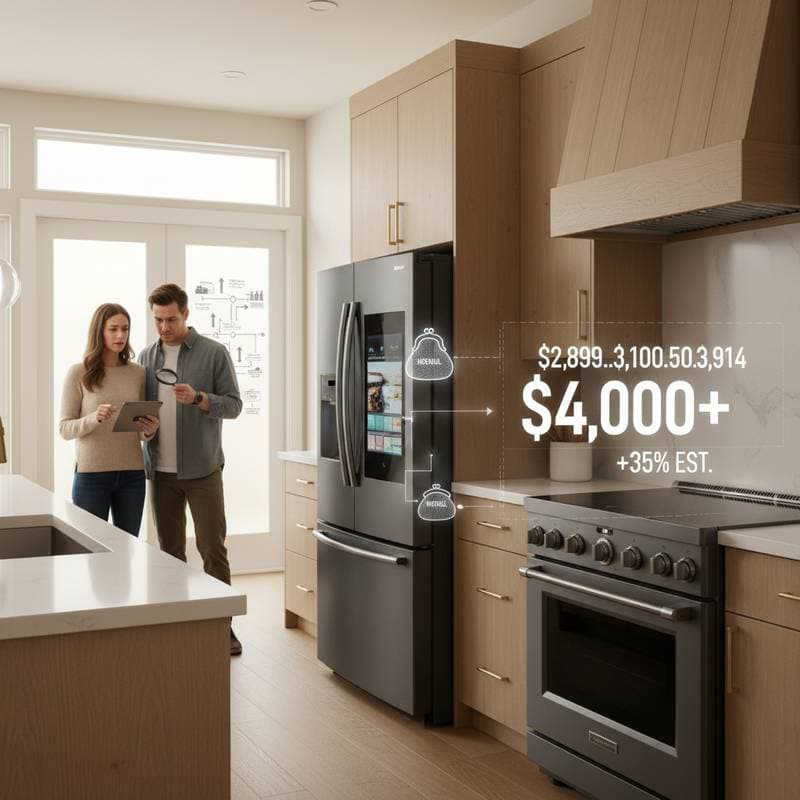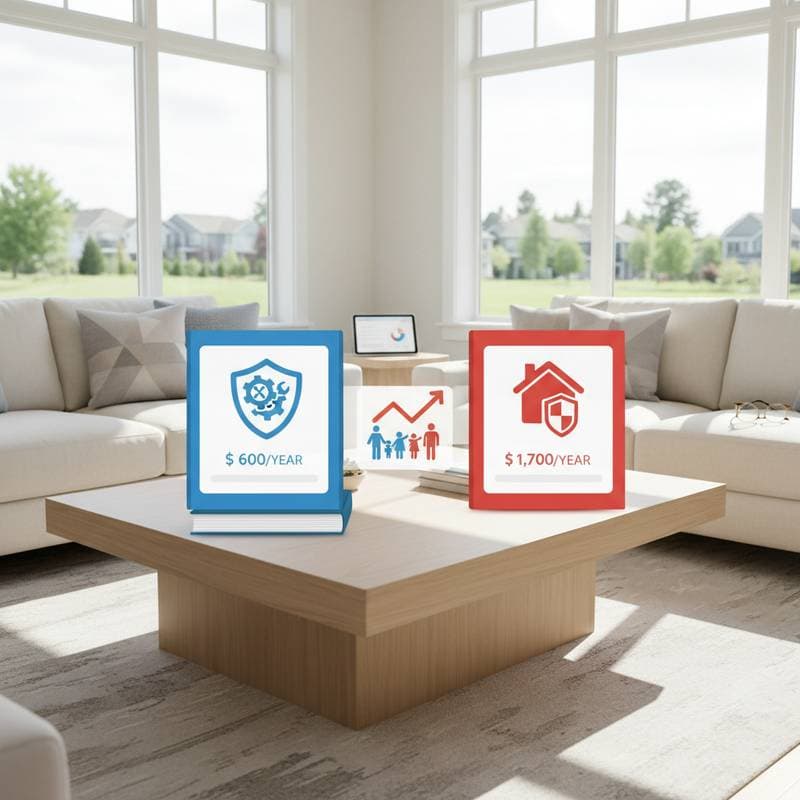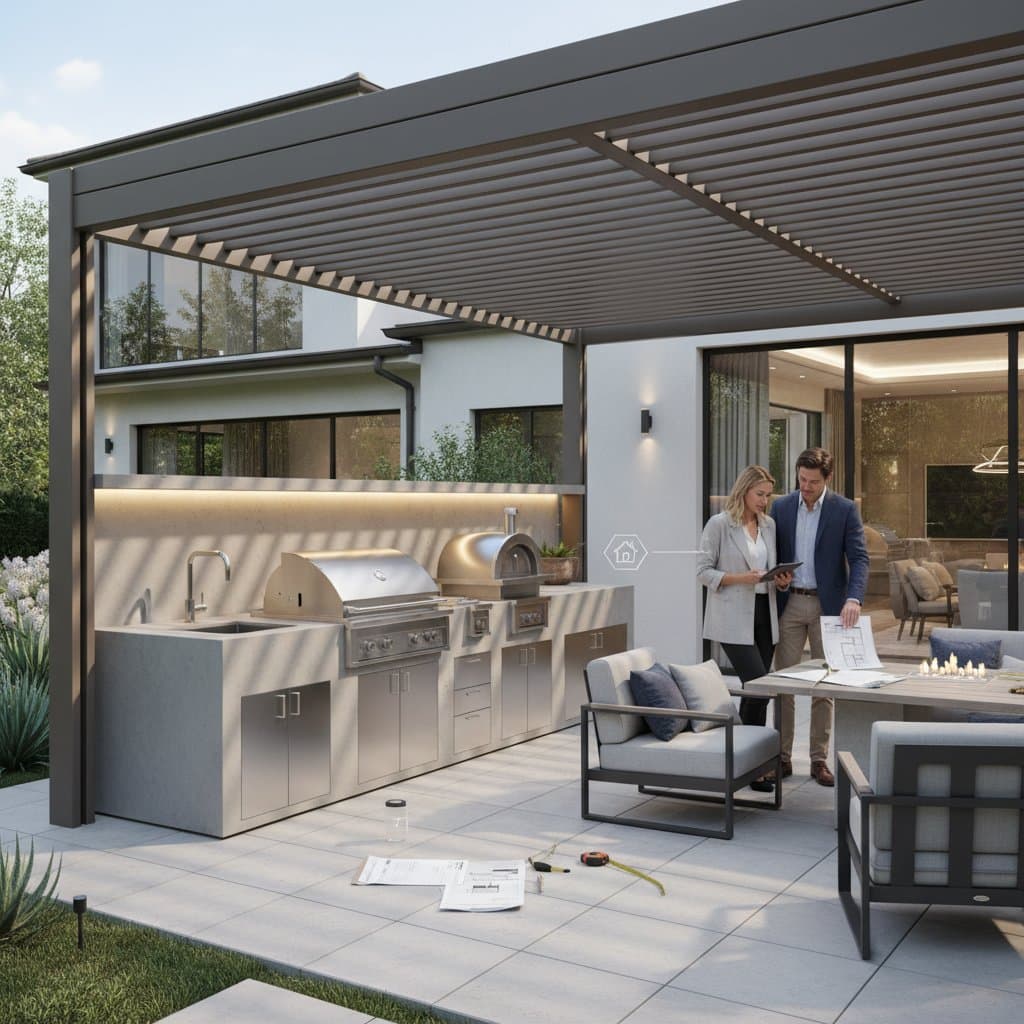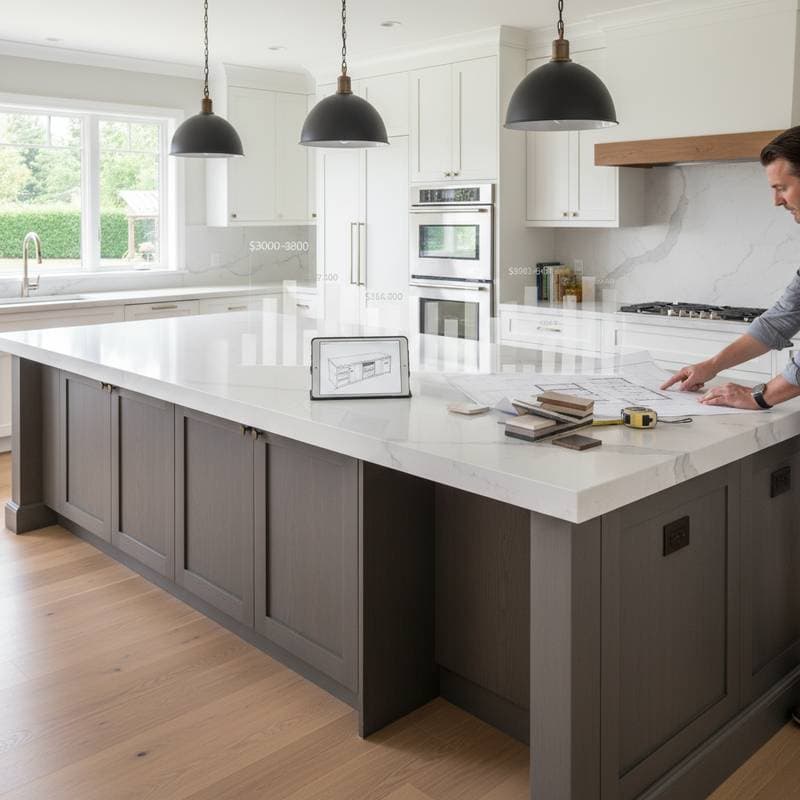Prepare for a 35% Increase in Kitchen Appliance Prices
Homeowners planning kitchen renovations or appliance replacements must anticipate significant price hikes. Industry experts forecast an average 35 percent rise in major kitchen appliance costs by 2025. This escalation stems from supply chain disruptions, inflating raw material prices, and manufacturers' efforts to maintain profit margins. Beyond initial purchase prices, buyers need to examine total ownership expenses, including installation, warranties, and ongoing maintenance, to prevent budget overruns.
Drivers Behind the Price Escalation
Rising costs originate from fundamental production inputs. Prices for stainless steel, copper components, and insulation have climbed steadily, forcing manufacturers to raise retail tags. Production adjustments, such as plant consolidations and the discontinuation of budget models, further limit affordable options and elevate average prices across categories like refrigerators, ovens, and dishwashers.
Logistics challenges compound the issue. Elevated freight rates lead to surcharges embedded in wholesale costs, which retailers then transfer to consumers. Certain brands impose additional distribution fees, contributing to uniform price increases throughout the market.
Comprehensive Cost Analysis for Appliance Purchases
Assessing a new appliance involves more than the displayed price tag. Consider these key expense components:
- Base price: Standard models typically range from $1,000 to $4,000, varying by brand, size, and features like smart connectivity.
- Delivery and installation: Expect $100 to $200 for delivery, plus $150 to $300 for professional installation, especially for built-in units.
- Old unit removal: Retailers often charge $50 to $100 to haul away existing appliances.
- Protection plans: Extended coverage adds $150 to $400, potentially duplicating basic manufacturer warranties.
- Repair service fees: Post-warranty visits start at $75 to $125, excluding parts and labor.
These add-ons can inflate the total by 20 to 30 percent, underscoring the need for a full financial review before committing.
Navigating Warranties and Service Agreements
With prices climbing, extended warranties gain appeal, but buyers must scrutinize terms closely. Many policies exclude damage from misuse, power issues, or aesthetic flaws, while repair caps might cover only partial replacement costs. Claims processes involve technician assessments, and denials often arise from unproven installation errors or skipped maintenance.
To bolster claims, retain all documentation: receipts, installation certificates, and maintenance records. Review policy details for coverage scope, claim timelines, and dispute resolution paths to ensure reliable protection.
Assessing Long-Term Value Over Brand Prestige
Advertisements highlight sleek designs and advanced tech, yet reliability matters more for sustained savings. Mid-tier brands sometimes outperform luxury ones in mechanical durability, avoiding frequent electronic breakdowns. Prioritize these factors when selecting models:
- Independent reliability ratings from consumer reports.
- Availability of replacement parts, particularly for proprietary electronics.
- Energy Star ratings to minimize utility bills over time.
- Warranty length and activation conditions.
- Nationwide service availability to expedite repairs.
This approach often uncovers superior value in balanced, mid-range appliances compared to high-end alternatives.
Unseen Expenses from Inflation and Usage
Inflation permeates beyond purchase: parts and labor costs parallel product hikes. A refrigerator compressor repair, previously $300, now nears $500, while technician rates rise due to specialized training demands. These trends amplify the importance of preventive care.
Utility costs add another layer. Higher electricity rates make energy-efficient models essential, as they recoup upfront investments through lower bills. Calculate total ownership by factoring purchase, repairs, and energy over five to ten years for informed choices.
Weighing Purchase Options for Cost Control
Prospective buyers have three primary paths to manage expenses and risks.
| Strategy | Upfront Cost | Long-Term Cost | Risk Level | Key Considerations |
|---|---|---|---|---|
| Standard Purchase | Minimal add-ons | Elevated repair bills | Medium | Ideal for those with emergency funds; requires self-funded fixes |
| Extended Warranty | $150–$400 extra | Capped repair outlays | Low–Medium | Verify inclusions; suits frequent users |
| Subscription Service | Recurring fees | Steady, foreseeable expenses | Low | Optimal for households with several appliances; review total over time |
Direct buys minimize initial spending but demand repair buffers. Warranties provide security if terms align with needs, while subscriptions offer predictability at the expense of cumulative payments.
Proactive Maintenance to Extend Appliance Life
Regular upkeep prevents costly failures and supports warranty validity. Clean refrigerator coils quarterly to ease compressor workload. Descale dishwashers monthly to combat scale deposits. Inspect oven seals annually for energy leaks.
Address electrical stability with whole-home surge protectors suited for heavy loads. Check water lines, air filters, and vents routinely to maintain peak performance. Logging these efforts creates a record that aids in claim approvals.
Scrutinizing Purchase Agreements
Appliance contracts frequently include restrictive provisions. Retailers may mandate arbitration over lawsuits and impose 20 percent restocking fees on returns. Supply shifts can cause delivery delays or substitutions, so confirm flexible policies upfront.
Service plans often feature yearly repair limits, such as $2,000, beyond which costs revert to the buyer. Compare these caps across providers to select comprehensive, cost-effective coverage.
Steps to Secure Appliances Before Prices Peak
Facing a 35 percent forecast, begin with an inventory of current appliances and their expected lifespans. If replacements loom within 18 to 24 months, act soon to lock in current rates. Balance style with substance by evaluating efficiency, reliability, and service support.
Integrate economic realities into decisions: from warranty navigation to maintenance discipline. This preparation not only curbs spending but ensures durable, efficient kitchen essentials for years ahead.



